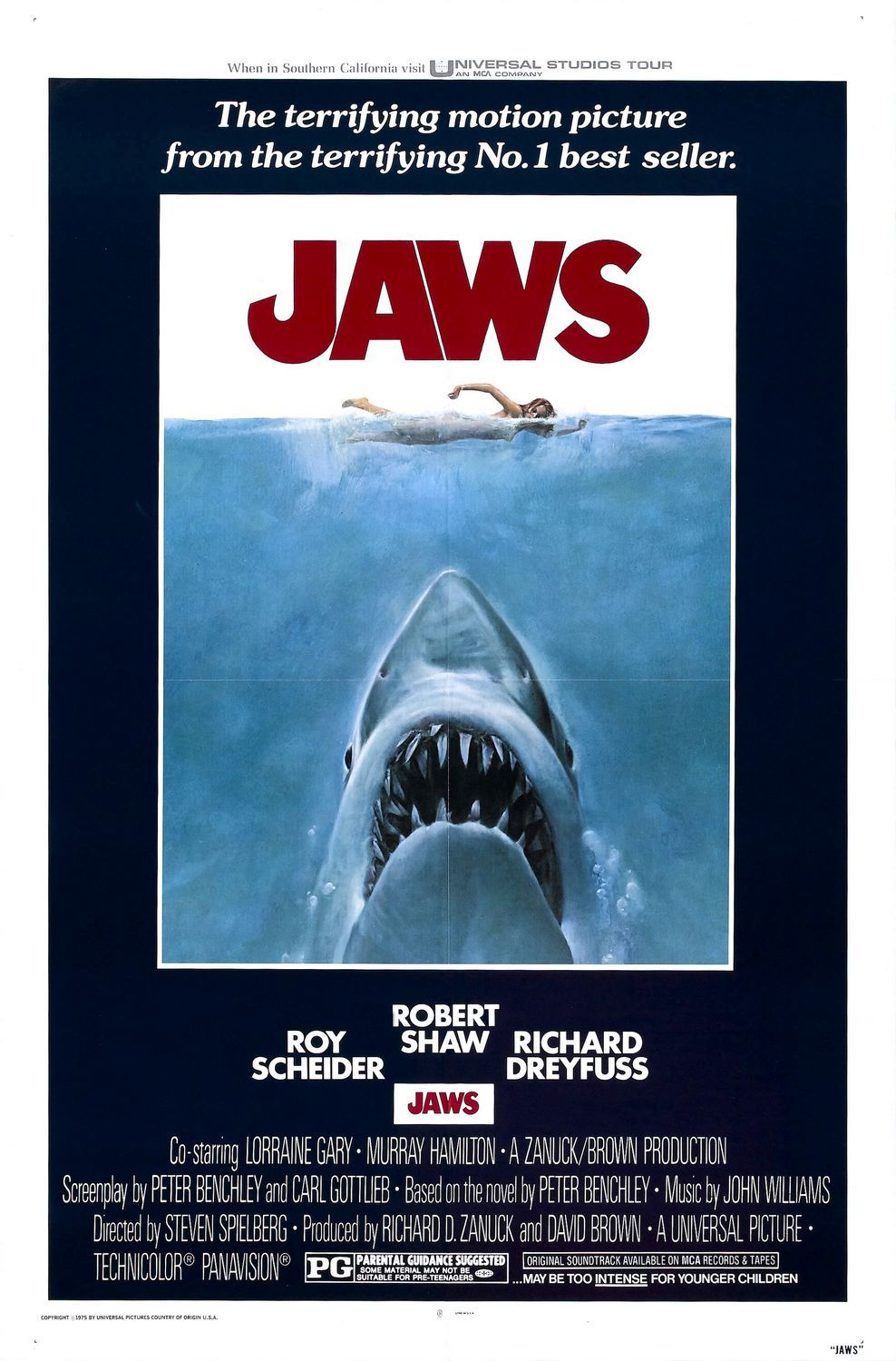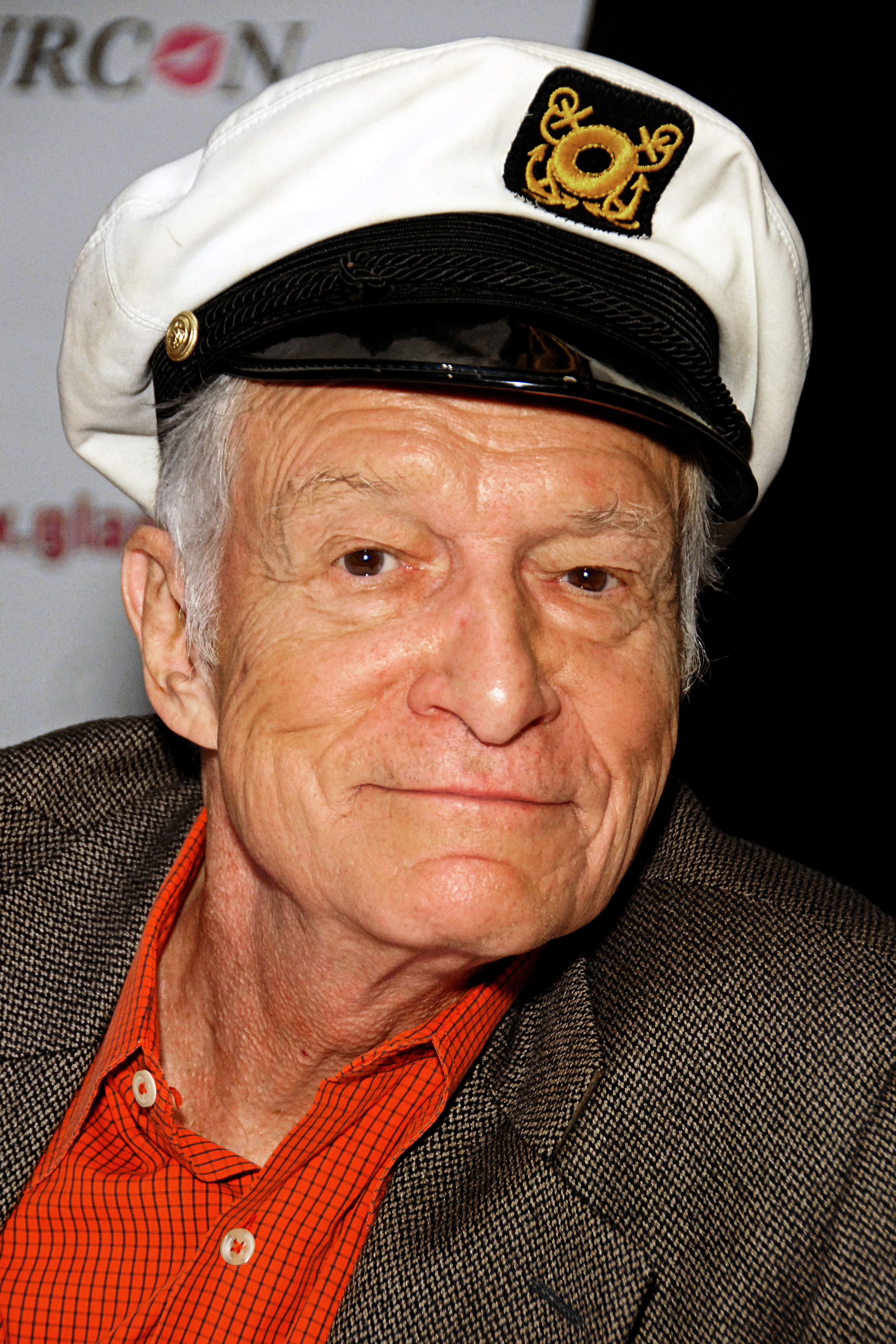The world of cinema is a kaleidoscope of emotions, whisking us away to fantastical realms, thrilling adventures, and profound human dramas. But amidst all the joy, excitement, and wonder, there are moments that absolutely gut us, leaving an indelible mark on our hearts and minds. We’re talking about those character deaths that hit like a freight train, moments so powerfully rendered that they transcend the screen and embed themselves deep within our collective consciousness.
These aren’t just plot points; they are seismic events in storytelling, meticulously crafted to evoke the deepest empathy and sorrow from viewers. From noble sacrifices to cruel twists of fate, these departures resonate long after the credits roll, shaping our understanding of the narrative and forever altering the landscape of the fictional worlds we cherish. They remind us of the incredible power of film to make us feel so intensely, to mourn characters as if they were our own.
So, prepare your tissues and brace your hearts, because we’re embarking on an emotional journey through 15 movie character deaths that absolutely crushed us. This is a celebration of cinematic storytelling at its most potent, a testament to the unforgettable impact these characters and their untimely ends have had on generations of movie lovers. Let’s dive into these soul-crushing moments, starting with some of the most unexpectedly tragic goodbyes.

1. **Maggie Fitzgerald in “Million Dollar Baby” (2004)**Clint Eastwood’s powerful boxing drama, “Million Dollar Baby,” lulled audiences into a false sense of security, presenting itself initially as a classic underdog story. We watched Maggie Fitzgerald, brought to life with incredible tenacity, rise through the ranks, overcoming personal demons and societal expectations to find her place in the unforgiving world of professional boxing. Her journey was inspiring, her determination palpable, and her bond with trainer Frankie Dunn incredibly heartwarming, setting the stage for what many expected to be a triumphant climax.
However, in a truly shocking and emotionally devastating plot detour, Maggie’s story takes an abrupt and tragic turn. During a pivotal title fight, a freak accident occurs, and Maggie suffers a broken neck, rendering her a quadriplegic. This unexpected twist completely redefines the film, transforming it from a tale of sporting glory into a profound and controversial meditation on life, dignity, and personal choice. The sheer unexpectedness of this event amplified its emotional impact, leaving audiences reeling.
The subsequent hospital sequences are hauntingly performed by Hilary Swank as Maggie and Clint Eastwood as Frankie. We witness Maggie’s unimaginable struggle and her agonizing decision: unwilling to live as a quadriplegic, she asks Frankie to end her life. The moral and emotional weight of this request, and Frankie’s eventual, agonizing acquiescence, creates an unbelievably difficult and somber atmosphere. This controversial ending marked a major tonal whiplash from the uplifting material that came before, cementing “Million Dollar Baby” as a classic whose conclusion is still widely discussed and referenced today.
Read more about: The Devil Rides In: Clint Eastwood’s Underrated ‘High Plains Drifter’ Haunts Netflix with Its Vicious, Unromanticized Vision
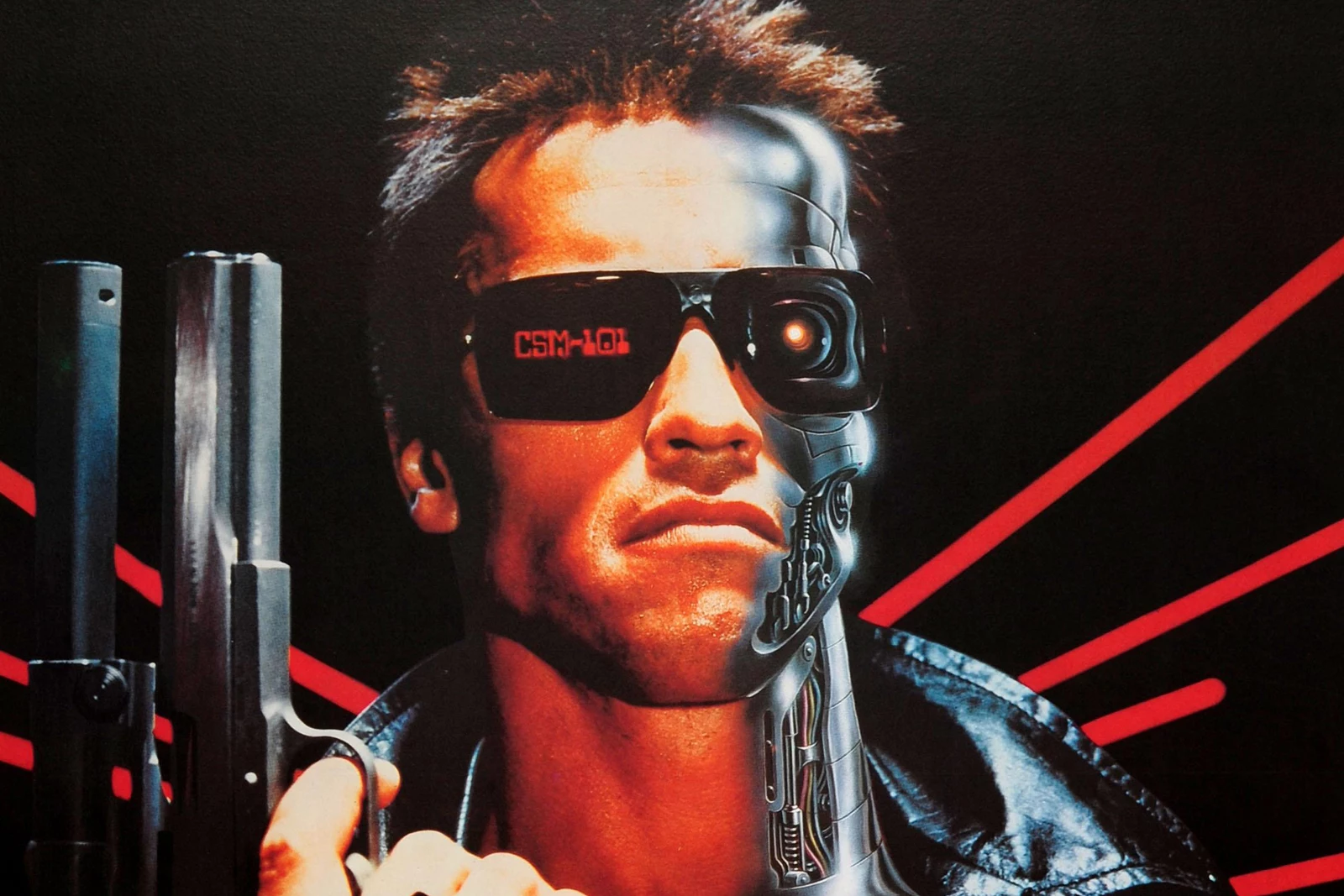
2. **The Terminator in “Terminator 2: Judgment Day” (1991)**James Cameron, a true visionary, achieved something remarkable in “Terminator 2: Judgment Day”: he imbued a killer robot with profound humanity. What began as a terrifying antagonist in the first film evolved into a loving and fiercely protective father figure for young John Connor in the sequel. Their relationship became the emotional core of this sci-fi action epic, transforming a relentless machine into a character audiences genuinely adored and rooted for.
The Terminator’s final act of sacrifice is one of the most gut-wrenching goodbyes in the history of cinema. Knowing that he must be destroyed to prevent the rise of Skynet and save humanity’s future, the T-800 orders Sarah Connor to lower him into a vat of molten steel. This is a moment of pure, selfless heroism from a character originally designed for destruction, making his final moments all the more poignant and impactful. It’s a powerful exploration of fate, free will, and the capacity for change.
Everything about this scene is legendary, from Brad Fiedel’s swelling musical score to the respectful, silent handshake between Sarah and the Terminator. And, of course, there’s the iconic thumbs up as he slowly sinks into the molten metal, a final, defiant gesture of hope and farewell. This image, combining technological doom with genuine emotion, etched itself into the minds of millions. It’s a bittersweet “Hasta la vista” that still brings a tear to the eye, proving that even a machine can teach us about love and sacrifice.
Read more about: The Austrian Oak’s Unstoppable Reign: Ranking 10 Essential Arnold Schwarzenegger Action Movies

3. **Guido Orefice in “Life Is Beautiful” (1997)**Roberto Benigni’s “Life Is Beautiful” delivers a story of unimaginable tenderness and profound tragedy against the horrific backdrop of the Holocaust. Benigni himself, as Guido Orefice, captured hearts and made history as the first man to win the Best Actor Oscar for a non-English performance. His portrayal of a father determined to shield his son from the grim reality of their concentration camp existence is a masterclass in combining humor with heartbreak.
Guido’s unwavering commitment to his young son, Giosuè, is nothing short of miraculous. To preserve Giosuè’s childish innocence and protect him from the terrifying truth, Guido fabricates an elaborate game, convincing his son that their horrific circumstances are merely a contest with a grand prize. He maintains this elaborate, life-affirming ruse with incredible bravery and ingenuity, even when facing his own imminent death. This act of paternal love is the very essence of the film’s title.
In his final moments, as he is literally being led to his execution, Guido spots Giosuè watching from a hiding place. With a final burst of incredible strength and love, he instantly gets back into character, performing a goofy, exaggerated walk for his son, a last defiant act of joy in the face of unspeakable evil. We are spared the visual of his death, but that image of his final, playful, and ultimately tragic walk is simply unforgettable, serving as an incredible visual metaphor for the challenges and ultimate rewards of fatherhood, and the enduring power of hope even in the darkest times.

4. **Noah Calhoun & Allie Hamilton in “The Notebook” (2004)**Nicholas Sparks’ “The Notebook” has cemented itself as a quintessential modern romance, chronicling the bittersweet and enduring love story of Noah Calhoun and Allie Hamilton. It starts as a classic “poor boy rich girl” tale, but its emotional depth is truly revealed through its ingenious narrative structure. The core romance unfolds through poignant flashbacks, building a rich tapestry of love, conflict, and unwavering devotion over decades.
We eventually learn the heartbreaking framework of this narrative: it’s being recounted by an elderly Noah to his beloved Allie, who is now suffering from dementia. This revelation casts a profound shadow over the unfolding romance, making every passionate embrace and every tearful separation all the more significant. The film poignantly illustrates the cruelty of dementia, a disease that threatens to erase the very memories that define a lifetime of love and connection.
In a moment of profound beauty and unbearable sadness, some time after Noah has finished telling their story, he joins Allie in her bed, and they die together, holding hands. This ending, while perhaps a touch sentimental for some, is undeniably beautiful and heart-wrenching. It’s a testament to a love so powerful it transcends even the ravages of time and illness, allowing them to depart this world together, as they had lived. That final image of their intertwined hands will forever live rent-free in our collective heads, a defining portrayal of true love’s enduring power in pop culture.
5. **Neil Perry in “Dead Poets Society” (1989)**”Dead Poets Society,” led by a mature and wonderfully reserved Robin Williams as the inspirational John Keating, is a powerful exploration of the transformative power of literature and the devastating consequences of crushing parental expectations. While Keating inspires his students to seize the day and embrace their individuality, it’s the story of Neil Perry that truly embodies the soul-eating effects of demanding, inflexible authority.
Neil suffers immensely under the thumb of his cruel and domineering father, who demands nothing less than absolute perfection and unquestioning obedience from his son. Neil’s burgeoning passion for acting, ignited by Keating, becomes a beacon of hope and self-expression, but it clashes violently with his father’s rigid plans for his future. The suffocating demands weigh heavily on Neil’s psyche, creating an unbearable internal conflict between his true desires and his father’s relentless control.
The breaking point comes when Neil is pulled from the boarding school for getting too attached to acting. Physically and emotionally shattered, seeing no escape from his father’s tyranny and the loss of his newfound passion, Neil tragically takes his own life. This horrific event elicits a devastating reaction from his parents, flawlessly performed by Kurtwood Smith and Carla Belver. This sequence cuts right to the heart, a chillingly realistic portrayal of the pressures faced by young people, making Neil’s story resonate deeply and chill our blood with its raw, tragic honesty.
6. **Sirius Black in “Harry Potter and the Order of the Phoenix” (2007)**Oh, poor Harry Potter. Just when he finally finds a true loving family member, a godfather who understands him and offers him a sense of belonging, Sirius Black is cruelly snatched away. This devastating loss occurs during the climactic, chaotic battle at the Ministry of Magic, a scene brimming with tension and peril. Bellatrix Lestrange, a figure of pure malice, strikes Sirius with the killing curse, a horrifying, swift act of pure evil.
Sirius’s end is shockingly abrupt; the curse takes effect and he falls through the Veil before Harry, or indeed we, even truly grasp what has happened. This suddenness only amplifies the tragedy, plunging both Harry and the audience into a state of profound shock and disbelief. We desperately want to deny it, to believe there’s a mistake, but the reality is undeniable: Sirius is gone, and our hearts are left utterly broken, mirroring Harry’s own raw, agonizing grief.
The pain, however, was far from over for fans of the wizarding world. Sirius’s death was just the first in a series of heartbreaking losses that would follow in subsequent films, including the deaths of beloved characters like Dumbledore and Dobby. Each loss deepened the emotional scars, reminding us of the brutal realities of the war against Voldemort. These were not mere character casualties; they were seismic emotional events that reshaped the narrative and reinforced the high stakes of Harry’s journey, leaving us with lingering sorrow for these unforgettable heroes.
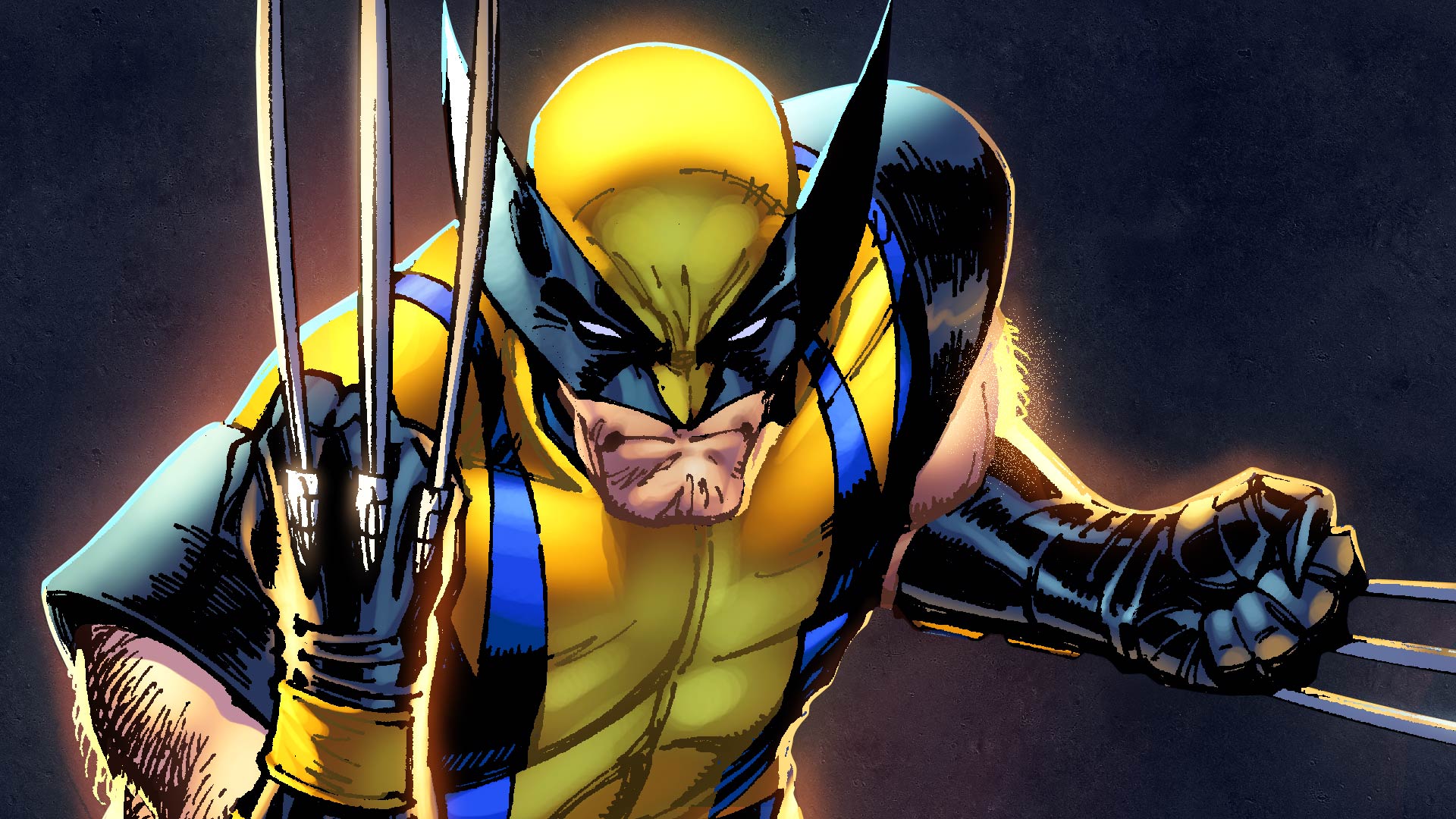
7. **Wolverine / Logan in “Logan” (2017)**”Logan” wasn’t just another superhero movie; it served as a poignant, powerful bookend for an entire era of the superhero genre. The original “X-Men” film effectively kickstarted the modern superhero movement, and “Logan” brought a definitive, somber close to a significant chapter in its history. It was a film that acted as much as a superhero story as it was a profound commentary on the genre itself, showing us a world where heroes age, become hardened, and ultimately, must pass the baton to a new generation.
Logan’s death wasn’t just the end of a character; it was both this metaphorical passing of the torch and the emotional culmination of nearly twenty years’ worth of superhero storytelling and meticulous character development. The film dared to show us an aging hero, well past his prime, weary, and resigned to his tragic fate, making for some truly bleak but undeniably compelling viewing. This was a raw, visceral look at mortality, even for those with healing factors.
For many, Hugh Jackman’s Wolverine was synonymous with the X-Men, a character they had literally grown up with, witnessing his journey from a mysterious loner to a reluctant leader and fierce protector. To see him go, to witness his final, painful moments, was incredibly tough. His death resonated deeply, not just because of the character, but because it symbolized the end of an era, leaving a profound void in the hearts of fans who had walked alongside him for so long. It was a perfect, heartbreaking farewell.
Read more about: Grab the Tissues: The 10 Movie Deaths That Will Still Make You Absolutely Bawl Your Eyes Out
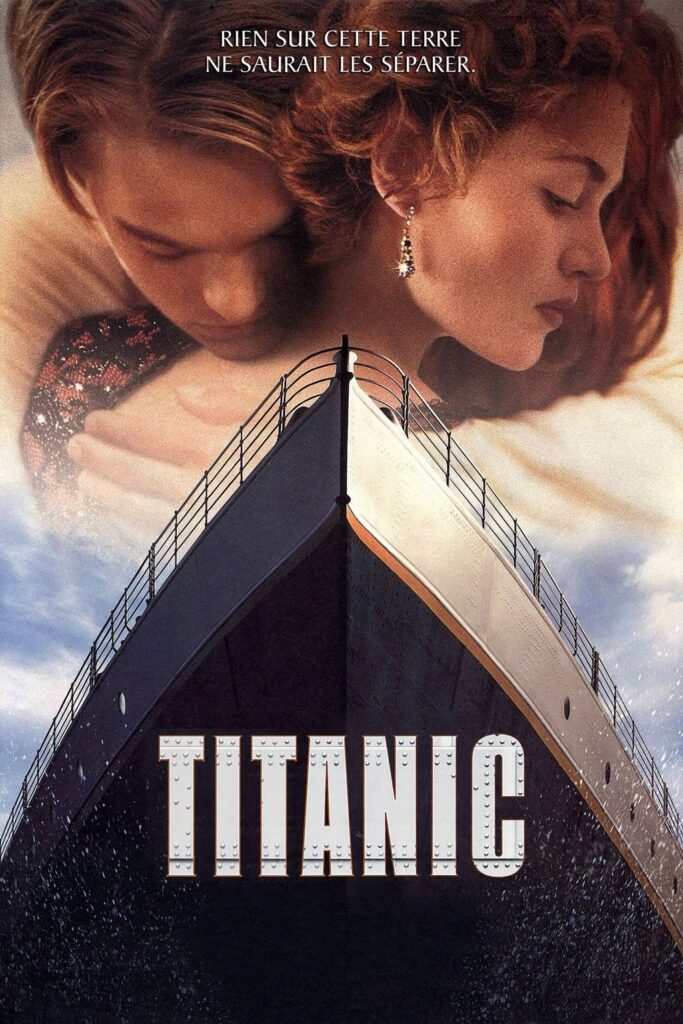
8. **Jack Dawson in “Titanic” (1997)**Ah, “Titanic.” We all went into that movie knowing the ship was going to sink, but who among us truly expected to be so utterly wrecked by the demise of one half of cinema’s most iconic star-crossed lovers? James Cameron’s epic romance crafted such a powerful bond between Leonardo DiCaprio’s charming Jack Dawson and Kate Winslet’s spirited Rose DeWitt Bukater that his eventual death wasn’t just a plot point—it was a true heartbreak that resonated across generations. The brilliance lay in making us fall completely in love with their whirlwind romance, making the impending doom feel intensely personal.
Jack’s sacrifice, though debated endlessly on social media platforms about that infamous door, is undeniably one of the most selfless acts ever portrayed on screen. As the frigid waters claimed the mighty ship, Jack steadfastly protected Rose, ensuring her survival even as his own life ebbed away. We’re forced to watch, helpless, as the light slowly leaves his eyes, his breath frosting in the icy air, a truly agonizing visual that sticks with you long after the credits roll. It wasn’t just a drowning; it was a slow, painful surrender to the elements, amplified by the stark reality of the sinking ship.
The immediate aftermath, with Rose’s desperate cries shattering the silence of the ocean, is nothing short of gut-wrenching. Kate Winslet’s raw, unbridled anguish perfectly encapsulates the shock and profound sorrow of losing the love of your life in such a sudden, brutal way. That scene, with Rose finally letting go of Jack’s hand as he drifts into the abyss, has become a defining image of cinematic tragedy, a testament to the enduring power of a love story cut tragically short. It’s a moment that reminds us how deeply movies can imprint on our emotional landscape.
Read more about: Grab the Tissues: The 10 Movie Deaths That Will Still Make You Absolutely Bawl Your Eyes Out

9. **Thomas J. Sennett in “My Girl” (1991)**Few cinematic moments hit as squarely in the heart as the death of a child, and “My Girl” delivered a gut-punch that left audiences absolutely floored. Macaulay Culkin’s portrayal of Thomas J. Sennett, the sweet, somewhat awkward best friend to Anna Chlumsky’s Vada Sultenfuss, was filled with an innocent charm that made his fate all the more unbearable. Their friendship was the sunniest part of a film grappling with grief, making his eventual departure a cruel twist of fate that nobody saw coming, especially in what felt like a heartwarming coming-of-age story.
The circumstances of his death are tragically mundane, yet devastatingly effective. While playfully searching for Vada’s mood ring, Thomas inadvertently disturbs a bees’ nest. What follows is a swift, brutal allergic reaction to multiple stings, ultimately proving fatal. The movie wisely spares us the gruesome details, instead focusing on his sudden flailing and the heartbreaking sight of his glasses falling to the ground, a silent, stark indicator of the tragedy that has just unfolded. It’s a masterful stroke of filmmaking that implies horror rather than explicitly showing it, allowing our imaginations to fill in the unbearable blanks.
However, it’s Vada’s raw, unfiltered grief that truly elevates this scene to legendary status. Anna Chlumsky’s performance, especially during the funeral home sequence where she desperately tries to rouse her friend, is astonishingly powerful for an actress of her age. Her cries of “He needs his glasses!” are an iconic, tear-inducing moment, forever etched into the collective memory of anyone who has seen the film. It’s a vivid, brutal reminder of the innocence of childhood shattered by an unforgiving world, and a scene that continues to choke us up every single time.
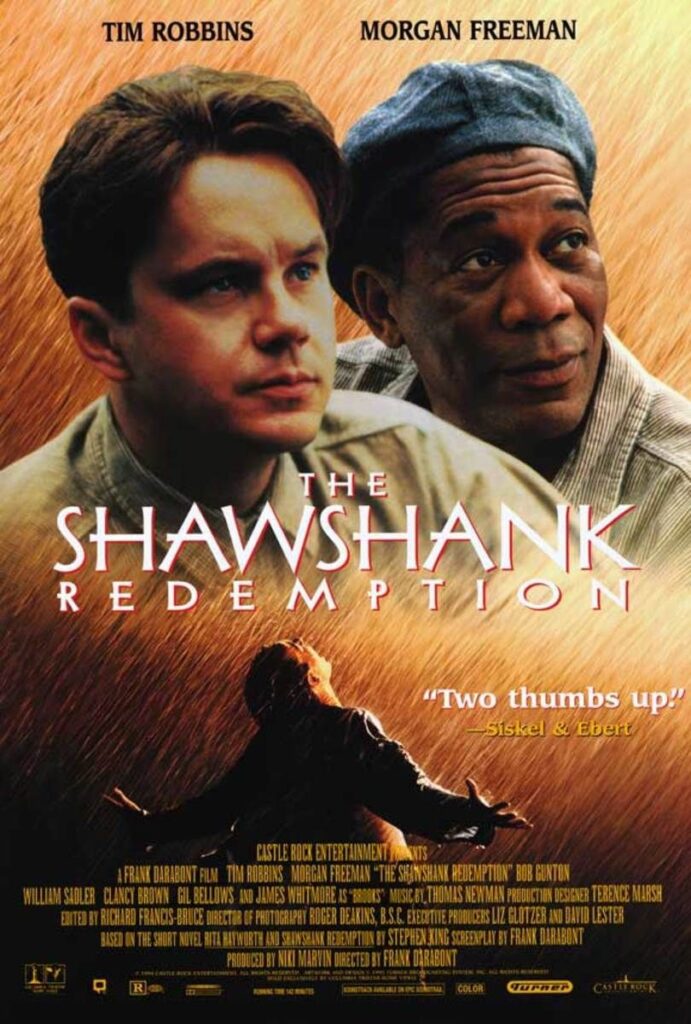
10. **Brooks Hatlen in “The Shawshank Redemption” (1994)**”The Shawshank Redemption” is a masterpiece of hope, but it also brilliantly showcases the profound despair of institutionalization, epitomized by the tragically sympathetic character of Brooks Hatlen. Played with poignant subtlety, Brooks isn’t just a character; he’s a living symbol, a stark embodiment of how decades of confinement can strip away one’s ability to exist outside prison walls. His story is a chilling look at the collateral damage of a system designed to punish, not rehabilitate, making his freedom a greater sentence than his imprisonment.
After serving fifty years, Brooks is granted parole, a moment that should be joyous but is instead steeped in dread. The film’s heartbreaking montage of his struggles to adjust to the modern world is pure cinematic genius. We watch him navigate overwhelming city traffic, grapple with the anonymity of newfound freedom, and perform the simple, soul-crushing job of a grocery bagger, all while loneliness and disorientation gnaw at his spirit. The transition from the rigid predictability of prison life to the chaotic uncertainty of the outside proves an insurmountable challenge, painting a bleak picture of what “freedom” can truly mean.
His final, agonizing act, leaving the haunting message “Brooks was here” carved into a wooden beam, is a powerful and profoundly personal statement. It’s a gut-wrenching exploration of anxiety, isolation, and suicidal despair, resonating deeply with anyone who has ever felt overwhelmed by change or lost their sense of purpose. Brooks’s story serves as a chilling counterpoint to Andy Dufresne’s eventual triumph, reminding us that for some, the prison walls aren’t just physical, but psychological, and breaking free can be the most terrifying thing of all.
Read more about: Grab the Tissues: The 10 Movie Deaths That Will Still Make You Absolutely Bawl Your Eyes Out

11. **Johnny Cade in “The Outsiders” (1983)**S.E. Hinton’s “The Outsiders” has long been lauded for its masterful handling of mature themes and tragedy for younger audiences, and Francis Ford Coppola’s film adaptation perfectly captured that raw emotional core. At the heart of its enduring power is Johnny Cade, a character who embodies vulnerability, loyalty, and ultimately, profound redemption. Often overlooked and misunderstood, Johnny’s journey from a quiet, abused teen to a reluctant hero is one of the most impactful arcs in classic cinema, proving that even in the toughest circumstances, courage can shine.
Johnny’s act of heroism, alongside Ponyboy, saving children from a burning church, is the catalyst for his tragic end, but also his ultimate transformation. Despite his injuries, this selfless act grants him a sense of worth and purpose he never had before. As he lies dying, his priorities dramatically shift, shedding the senseless gang rivalry that defined his life. His final, poignant words to Ponyboy, “Stay gold,” aren’t just a piece of iconic children’s literature; they are a profound philosophical plea to retain innocence and idealism in a harsh world.
His death is not just a moment of sorrow; it’s a profound turning point, allowing Ponyboy and the saved children to live, carrying Johnny’s legacy forward. The resonance of “Stay gold” continues to inspire, reminding us of the importance of inner goodness and the lasting impact one individual can have, even in their passing. Johnny’s quiet strength, tragic sacrifice, and timeless wisdom cemented his place as an unforgettable character whose lessons touched not only Ponyboy but countless viewers across the globe.
Read more about: Grab the Tissues: The 10 Movie Deaths That Will Still Make You Absolutely Bawl Your Eyes Out

12. **Bruno & Shmuel in “The Boy in the Striped Pyjamas” (2008)**Prepare yourselves, because movies rarely delve into such harrowing emotional territory as “The Boy in the Striped Pyjamas.” This film is a stark, devastating portrayal of the Holocaust, seen through the innocent, uncomprehending eyes of two young boys. It’s a story that highlights the unthinkable cruelty of one of humanity’s darkest chapters, while simultaneously showcasing the profound, pure connection that can form even amidst unimaginable horror, making their eventual fate all the more difficult to bear.
Bruno, the son of a Nazi commandant, is a German boy unwittingly indoctrinated with insidious propaganda, yet his innate curiosity leads him to the fence of a concentration camp. There, he forms an unlikely and deeply moving friendship with Shmuel, a Jewish boy imprisoned within. Their secret bond, built on shared innocence and a naive understanding of their surroundings, is the fragile heart of the film. When Bruno decides to help Shmuel search for his “missing” father inside the camp, it’s a decision born of loyalty and ignorance, leading them both into the maw of pure evil.
The tragic climax sees them inadvertently herded into a gas chamber, their intertwined hands a gut-wrenching symbol of their shared innocence and the senseless loss of life. By presenting the Holocaust through the lens of these two children, the film bypasses intellectualization and strikes directly at the viewer’s emotional core, offering a deeply personal and agonizing glimpse into the Holocaust’s utter depravity. It’s a brutal, unforgettable testament to both humanity’s capacity for empathy and its chilling wickedness, leaving an indelible mark on your soul.
Read more about: Grab the Tissues: The 10 Movie Deaths That Will Still Make You Absolutely Bawl Your Eyes Out

13. **Tony Stark / Iron Man in “Avengers: Endgame” (2019)**Alright, Marvel fans, let’s be honest: we all knew it was coming, but that didn’t make Tony Stark’s heroic sacrifice any less soul-crushing. Robert Downey Jr.’s portrayal of the endlessly charismatic, snarky, and ultimately self-sacrificing Tony Stark launched the Marvel Cinematic Universe as we know it, making his demise not just a character death but a seismic event in pop culture history. It was the closing chapter of an epic saga, a moment that simultaneously signified an ending and promised a new beginning for the vast superhero landscape.
Much like Wolverine’s final bow, Iron Man’s death transcended mere storytelling to become a profound thematic statement on the evolution of superhero cinema in the 21st century. The MCU literally began with Tony Stark declaring “I am Iron Man,” and it reached its emotional crescendo with his sacrificial snap, ending Phase Three and, in many ways, the foundational era of the cinematic universe. It was a perfect narrative bookend, the ultimate payoff for over a decade of meticulously crafted character development and world-building that kept us glued to our screens.
The sorrow wasn’t solely for Tony himself, though his loss was deeply felt; it was also for what his passing represented: the symbolic end of the magical, groundbreaking decade of the MCU’s development. While the universe continues to expand with new heroes and narratives, nothing will quite recapture the lightning-in-a-bottle magic of watching this interconnected saga unfold from its very beginnings. Tony Stark’s final words, “I am Iron Man,” delivered with a last, desperate flick of his wrist, will forever echo as the sound of an era concluding, leaving us all with tear-filled eyes and heavy hearts.
Read more about: Hollywood’s Elite: Unveiling the Highest-Grossing Actors and Actresses of Our Time

14. **Jenny Curran in “Forrest Gump” (1994)**Forrest Gump, our lovable, unwitting chronicler of history, endured countless trials and witnessed monumental events, including the deaths of his beloved mother and best friend, Bubba. Yet, it was the quiet, dignified passing of Jenny Curran, the enigmatic love of his life, that truly resonated with unparalleled emotional power for both Forrest and the audience. She was his constant, his north star, the person he always returned to, making her eventual departure the film’s most profound and intimate tragedy.
The movie, in its characteristic understated brilliance, doesn’t dwell on the graphic details of her illness or death. Instead, it focuses on the serene, deeply affecting final moments shared between Jenny and Forrest, a tender goodbye that speaks volumes without needing explicit visuals. This segues into one of cinema’s most heartbreakingly uplifting montages, where Forrest sits at Jenny’s grave, recounting his life and their son’s achievements, a poignant meditation on love, loss, and the cyclical nature of existence. It’s a testament to the film’s ability to wring profound emotion from simple, heartfelt scenes.
Tom Hanks’s performance throughout this sequence is nothing short of spellbinding. He masterfully conveys Forrest’s immense sadness and profound loneliness, yet simultaneously radiates a resilient bravery, a quiet acceptance of life’s inevitable sorrows. As Forrest poignantly states, “Dying is just a part of life.” A simple truth, perhaps, but one we wish wasn’t so, especially when it comes to characters we’ve grown to love as deeply as Jenny. Her memory, and Forrest’s unwavering love, ensures she lives on, a beautiful, bittersweet reminder of life’s fleeting beauty.
Read more about: Grab the Tissues: The 10 Movie Deaths That Will Still Make You Absolutely Bawl Your Eyes Out
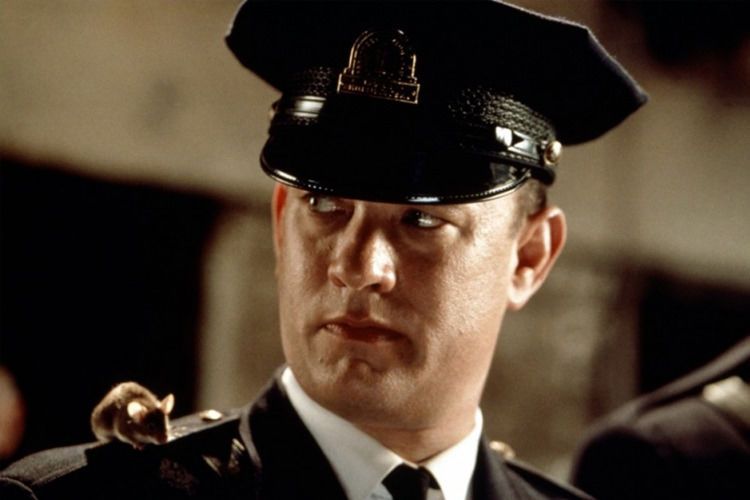
15. **John Coffey in “The Green Mile” (1999)**Ah, Stephen King. His prison narratives have a way of digging deep into our souls, and “The Green Mile” is no exception, delivering one of cinema’s most unbearably tragic and emotionally charged deaths: that of the gentle, innocent, and magically gifted John Coffey. His story is a powerful, gut-wrenching exploration of injustice, prejudice, and the overwhelming burden of human cruelty, making his execution an almost unbearable cinematic experience.
So many elements converge to make John Coffey’s final scene an absolute tear-jerker. The crying officers, torn between duty and their profound affection for this gentle giant, provide a human backdrop to the mechanical horror of the electric chair. The swelling, mournful music, the dramatic, terrifying sparks of the execution, and of course, Coffey’s iconic, childlike plea, “I is afraid of the dark,” combine to create an atmosphere of devastating sorrow. He, who was afraid of the dark, was forced into the ultimate darkness, a truly cruel irony.
John Coffey is the purest embodiment of love and kindness, a literal conduit for healing, yet he is condemned for a crime he didn’t commit. In a profound act of resignation and understanding, he chooses to die, recognizing humanity’s inherent cruelty and its penchant for sin, opting to serve as a scapegoat. The deliberate biblical allusions woven throughout his narrative – an innocent man sacrificing himself for the sins of others – elevate his story to mythic proportions, ensuring that the heart-wrenching sacrifice of poor John Coffey remains eternally seared into our collective consciousness, a perpetual reminder of both humanity’s potential for good and its capacity for monstrous evil.
Read more about: Grab the Tissues: The 10 Movie Deaths That Will Still Make You Absolutely Bawl Your Eyes Out
As we dry our eyes and reflect on these unforgettable farewells, it becomes undeniably clear that cinema possesses a unique, almost mystical ability to connect us to fictional lives with an intensity that mirrors our own experiences. These character deaths aren’t merely scenes; they are emotional earthquakes that challenge our perceptions, ignite conversations, and stay with us for years, sometimes decades. They remind us that the magic of movies lies not just in their escapism, but in their profound capacity to explore the deepest valleys of human emotion, from elation to utter devastation. It’s this shared experience of joy and sorrow, fear and hope, that truly makes us, the audience, an integral part of their enduring legacy, forever bound to these characters who, though gone, will never truly be forgotten. Every sniffle, every gasp, every shared tear is a testament to the enduring power of storytelling to touch our very souls.




